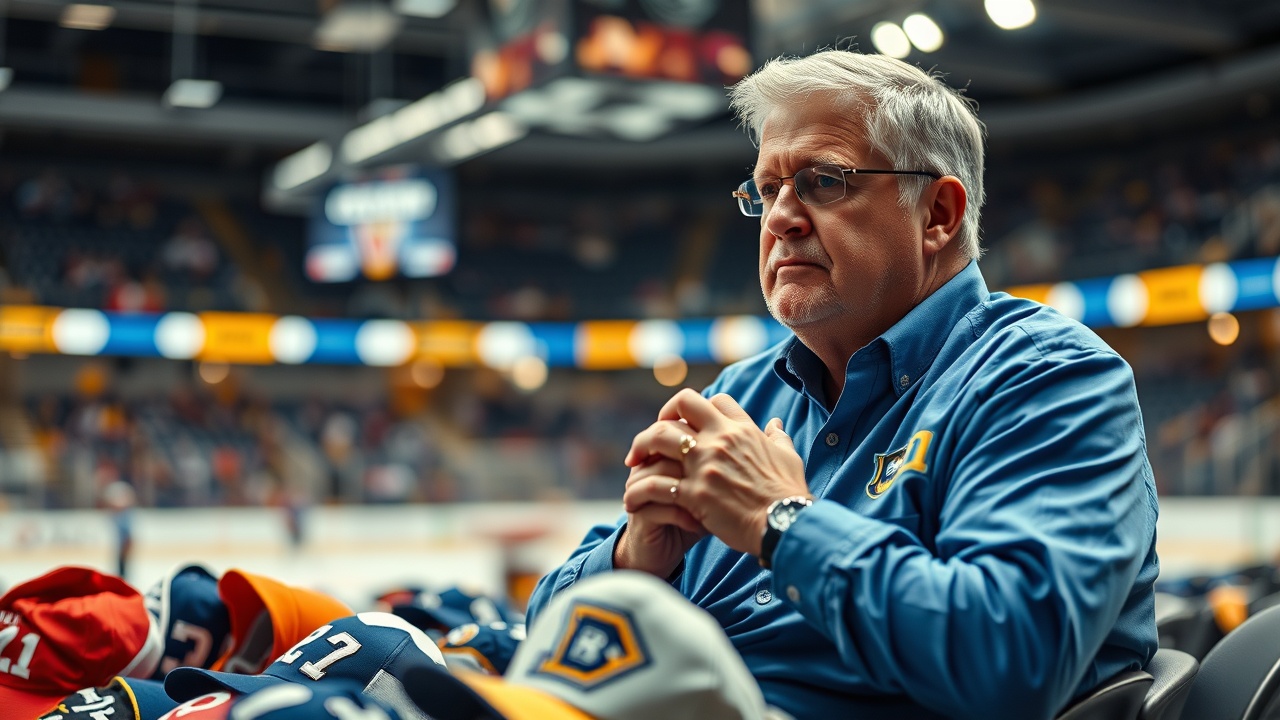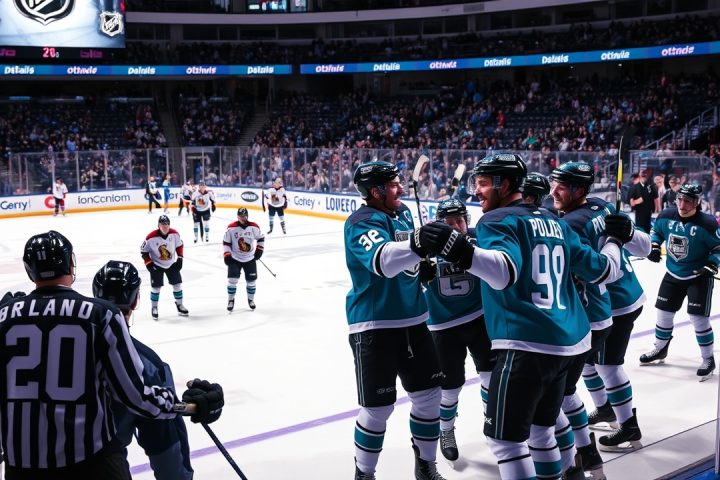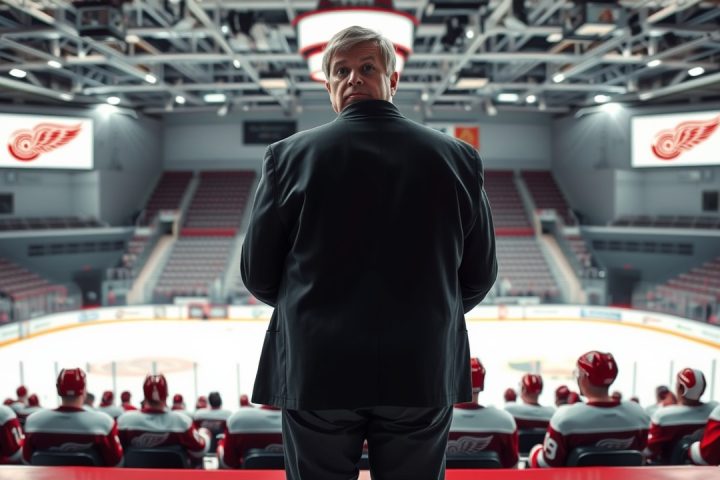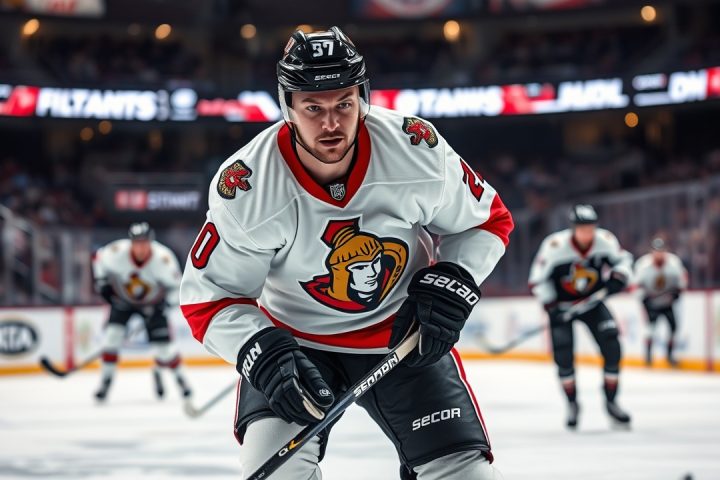NHL Draft and Free Agency Overview
The NHL Draft has concluded, and the initial phase of free agency is just around the corner, with only a few days separating us from what could shape the roster of the Anaheim Ducks for the 2025-26 season. With nearly all the prominent unrestricted free agents now signed, any remaining options for teams looking to enhance their line-ups come via trades.
Current Team Status
The Ducks, who are eager to break the NHL’s third-longest playoff drought by returning to the postseason, find themselves in a precarious position. General Manager Pat Verbeek has been active this offseason, making several key changes including:
- Appointing Joel Quenneville as head coach
- Trading away star forward Trevor Zegras to Philadelphia
- Moving veteran goaltender John Gibson to the Detroit Red Wings for a less-than-stellar package
Cap Space and Strategy Concerns
As they project their aim for the upcoming season, the Ducks initially started the offseason with considerable cap space to pursue new talent—roughly $38.69 million, the third-highest in the league. However, analyzing the moves made thus far raises questions about Verbeek’s strategy in building the team.
Among his notable trades, the decision to part with Zegras—whose value had dipped after injuries and a drawn-out contract negotiation—has sparked debate. Having spent the last year and a half as a prominent trade candidate, the Ducks managed to secure Ryan Poehling accompanied by a couple of draft picks in return. Given the long-standing interest in Zegras from multiple clubs, many believe that Verbeek missed a prime opportunity to incite a bidding war for the forward, which could have yielded a more advantageous return.
Goaltending Decisions
Similarly, in dealing Gibson, Verbeek opted for a goaltender swap that has left fans scratching their heads. While the Ducks did manage to offload an aging player with a hefty cap hit, they surrendered their top goalie for Petr Mrazek alongside a second and fourth-round pick, a return that many feel does not reflect Gibson’s renewed standing—and worth—in the league. Having seen an uptick in his performance and heading into a period when the goaltending market thins out, the timing of this move raises further eyebrows.
Free Agency Developments
On the free agency front, after signing key player Mikael Granlund for three years at an average annual value of $7 million, the Ducks still have glaring holes to fill in their lineup. With the free agent pool rapidly shrinking, top-tier player Nikolaj Ehlers ultimately signed a lucrative contract with the Carolina Hurricanes. The Ducks reportedly expressed interest in Ehlers, yet it remains uncertain whether they extended a competitive offer, especially considering the substantial cap space still available for addressing roster needs.
Looking Ahead
As Verbeek looks forward, the Ducks’ urgency to improve their roster before the 2025-26 campaign intensifies, yet options appear limited. Offer sheets and trades could be viable paths forward, but such maneuvers come with risks and costs. With only marginal improvements thus far, the rising concern is that this roster could be no better than last year’s, failing to generate the additional points necessary to clinch a playoff berth.
The present outlook casts doubt on Verbeek’s ability to effectively assess market conditions and strategically enhance the team. Activating the playoffs by mid-April is the stated goal moving forward, but uncertainty lingers on whether the path chosen can lead to that achievement.




